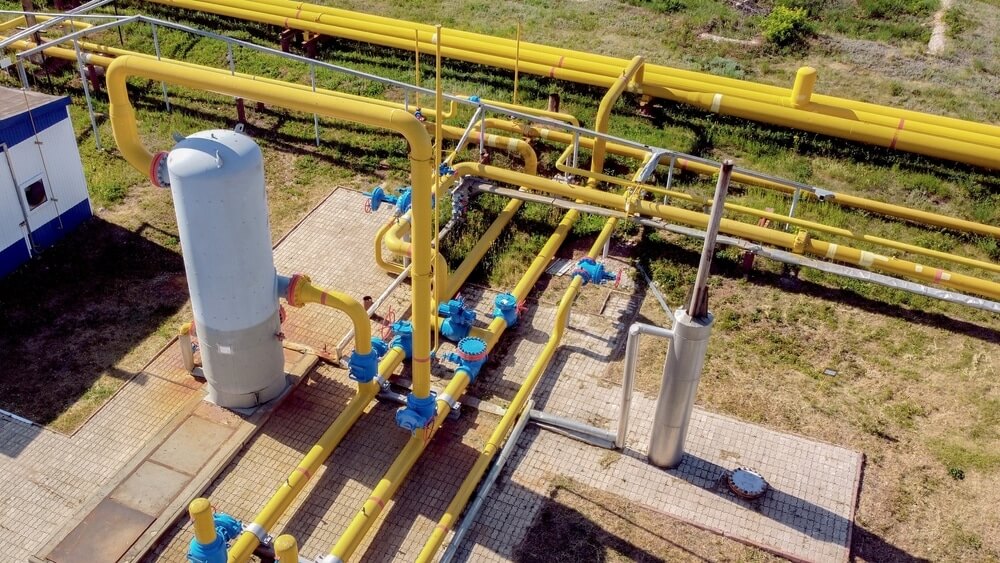
Europe’s Gas: Storing in Ukraine to Avert Winter Crisis
In today’s energy-driven world, gas trading has emerged as a vital component of the global economy. With fluctuating prices and increasing demand, it is crucial for businesses and individuals to stay informed about the latest developments in the market. This article aims to provide a comprehensive guide on gas trading, with a particular focus on comparing prices and capitalizing on falling gas prices. Whether you are a business owner, investor, or consumer, understanding these dynamics can help you make informed decisions and potentially save significant costs.
In 2023, total inventories have increased by 165 TWh, marking the smallest seasonal addition since 2021 and 2015, compared to the average increase of 186 TWh over the previous 10 years. This trend reflects the impact of lower prices and shifting LNG cargoes on gas storage dynamics in Europe.
Comparing Gas Prices for Maximum Savings
The wholesale market for gas is subject to constant fluctuations, affected by various factors such as supply and demand, geopolitical events, and environmental policies. To navigate this complex landscape, it is essential to compare gas prices from different suppliers and regions to identify the most favorable options. By conducting thorough research and analysis, individuals and businesses can leverage the information to negotiate better contracts and secure competitive rates.
The price of natural gas has shown a gradual upward movement, nearing the upper boundary of a bearish channel at 2.550, as indicated on the chart. It is important to observe that if the price remains below this resistance level and the major indicators continue to show signs of negative momentum, there is a higher likelihood of potential downward trades forming, potentially leading to a decline towards the additional support level at 1.950.
Conversely, a successful breach of the resistance level, followed by sustained trading above it, would confirm a shift towards a bullish trajectory. This would pave the way for further positive milestones, with potential targets at 2.850 and 3.100.
One of the most efficient ways to compare gas prices is by utilizing online platforms and marketplaces specifically designed for energy trading. These platforms provide real-time data on current prices, allowing users to monitor trends, spot opportunities, and engage in strategic purchasing. Additionally, seeking expert advice from gas trading consultants or brokers can help streamline the process and ensure that you are making informed decisions based on accurate market insights.

Capitalizing on Falling Gas Prices for Business Growth
Recent developments in the global gas market have seen wholesale gas prices falling, creating a window of opportunity for businesses to capitalize on reduced energy costs. With lower gas prices, companies can potentially enhance their profitability, allocate resources more efficiently, and gain a competitive advantage. However, it is crucial to remain vigilant and monitor the market closely, as gas prices are susceptible to sudden changes.
Gas storage refilling in Europe is lagging due to higher consumption by industries and power plants, along with LNG shipments redirected to Asia. As of June 6, gas inventories in the European Union and the United Kingdom were 48% above the prior 10-year seasonal average, with a surplus of 261 Terawatt-hours (TWh) or 1.88 standard deviations.
To make the most of falling gas prices for business, it is advisable to review and renegotiate existing contracts with suppliers. By leveraging the market conditions and engaging in proactive negotiation, businesses can secure long-term contracts at lower rates, thereby reducing operational costs and boosting their bottom line. Furthermore, investing in energy-efficient technologies and practices can help optimize gas consumption and further enhance cost savings.
Strategies for Monitoring Prices and Capitalizing on Opportunities
As the energy landscape continues to evolve, understanding the dynamics of gas trading and monitoring gas prices becomes increasingly important. By comparing prices, both individuals and businesses can identify the most favorable options and secure competitive rates. Furthermore, capitalizing on falling gas prices can provide a significant advantage in terms of cost savings and business growth. As the demand for energy remains high, staying informed about the latest trends and market developments will allow you to navigate the gas market successfully.
Although storage sites reached two-thirds full on May 24, which was earlier than the average since 2011, this was primarily due to the high volume of gas stored during winter. Since the refill season began on April 1, inventories have been accumulating at a slower rate compared to previous years, in contrast to the record speed of the refill observed during the same period last year.
Gas trading is a multifaceted domain that demands attention, strategy, and constant adaptation. By keeping a keen eye on gas prices, comparing options, and capitalizing on falling prices, individuals and businesses can position themselves for success while mitigating risks. With the knowledge gained from this article, you are now equipped to make informed decisions in the ever-changing world of gas trading.




